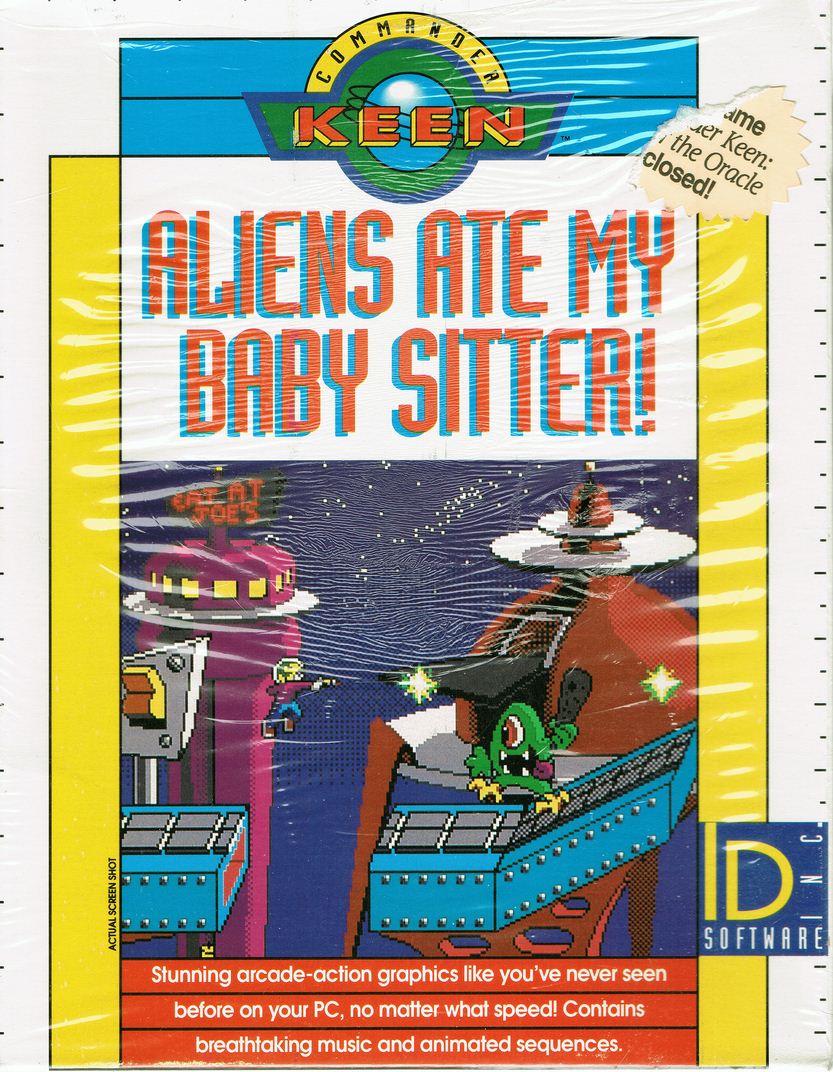Prototype Box
I recently tweeted about the fact that there was actually a sequel, mostly finished, for Origin Systems' game, 2400 A.D. titled 2500 A.D. MobyGames and Wikipedia were updated with the information which prompted someone on my TwitterFeed to ask about an unreleased Origin game titled HomeCourt.
Luckily, I'm one of the few people to know about this project. HomeCourt was a basketball game designed by two brothers, Don and John Walker. They were stronger on the design side than the coding side, so they had help from classic game programmer, Steve Meuse. I believe the game idea was brought to Origin in 1987 to make a full court basketball game (One on One was a half-court game).
Steve Meuse worked with the brothers, mostly with Don, to get a graphical prototype working. The prototype had players on a projected 2D court running around and passing the ball on an Apple II. I saw this prototype working once when Don Walker was visiting, and it looked pretty nice. It was black and white graphics at the time, and the running and ball-passing worked great. Unfortunately, Steve left Origin in 1988 shortly after I left to co-found my studio, Inside Out Software.
The New Hampshire office of Origin Systems closed, and the company was consolidated in Austin, TX at the start of 1989. That effectively put an end to HomeCourt. Says Steve Meuse, "The game design aspect was getting more complex, and by the time I left Origin in 1988, it seemed to me to be only getting moreso. With the company move and all, the Walkers probably could have used more help and guidance than they got, but that's just the way things turned out."








